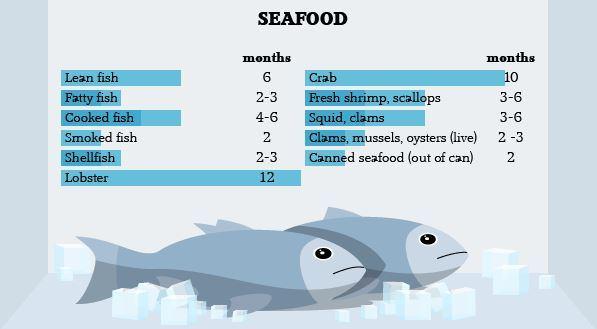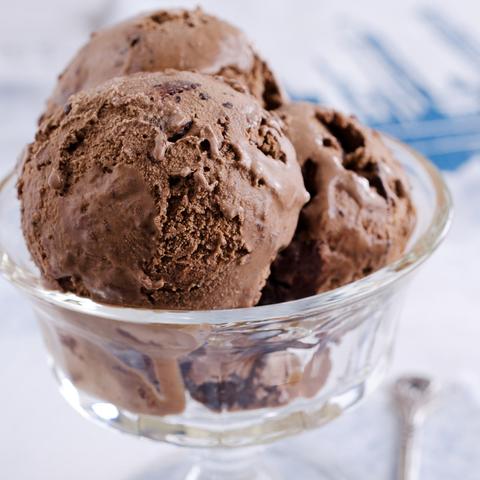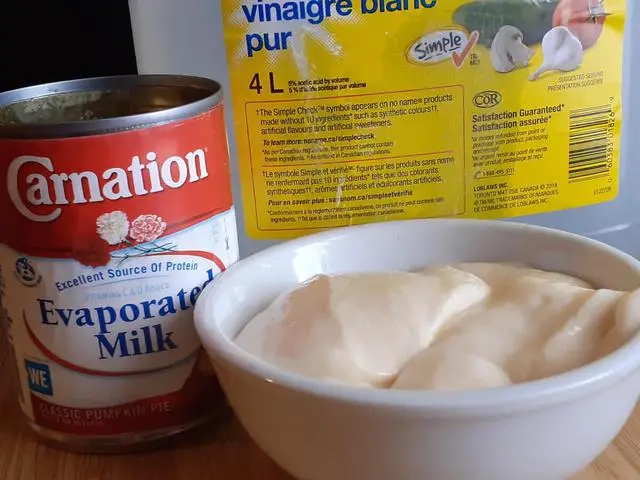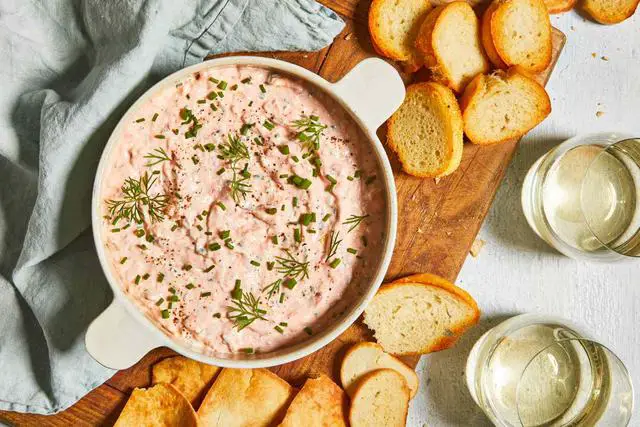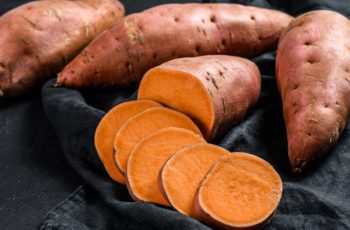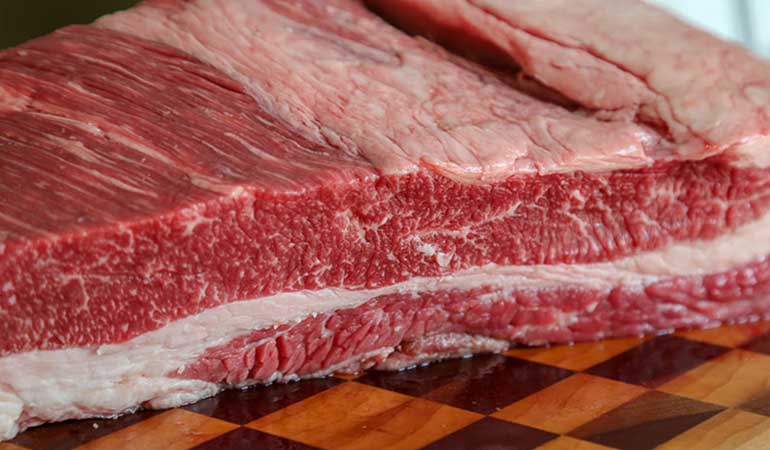
Introducing “Marble Brisket”: A Delightfully Tender and Juicy Meat Dish Infused with Rich Flavors. Indulge in the Perfect Blend of Succulent Beef and Marbling, Resulting in a Mouthwatering Culinary Experience. Savor Every Bite of this Exquisite Dish that Promises to Impress and Leave You Craving for More. Elevate Your Dining Experience with the Unmatched Delicacy of Marble Brisket – a True Gastronomic Delight!
Marbling on Brisket: What to Look For
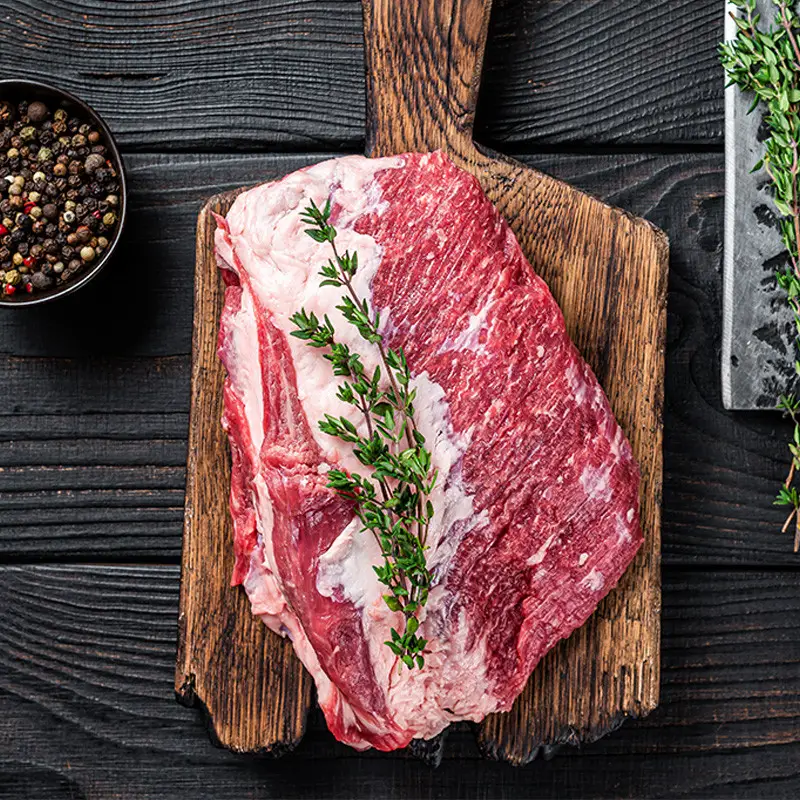
When choosing a brisket for smoking, it is important to look for certain characteristics that indicate good marbling. Marbling refers to the intramuscular fat or fatty striations found within the lean meat of the brisket. This fat has a significant impact on the juiciness and tenderness of the meat.
One of the key factors to consider is the grade of the brisket. USDA choice grade or higher is preferred for smoking brisket due to its higher marbling content. The marbling is determined by both genetics and nutrition, with certain breeds like Waygu known for their exceptional marbling.
Another aspect to consider is the presence of a trim-able fat cap on the brisket, especially on the flat-side. This fat adds succulence and flavor as it renders during cooking. However, it’s important to note that marbling should not be confused with intermuscular fat, which exists between different muscles and is typically trimmed off.
Overall, good marbling in a brisket leads to juiciness, moisture, tenderness, and flavor in the cooked meat. It reduces the effort required for chewing and enhances the overall eating experience.
What is Marbling?
Marbling refers to the intramuscular fat or fatty striations found within the lean meat of a brisket. It is the visible unsaturated fat that appears as white streaks within the muscle fibers, creating a marble-like pattern. The quality of marbling in beef is determined by both genetics and nutrition, with certain breeds and carefully designed diets leading to higher levels of marbling.
Marbling plays a significant role in the overall eating quality of beef. It adds juiciness, moisture, tenderness, and flavor to the meat. The increased levels of fat mean there is less collagen and lean meat per portion, resulting in less effort required for chewing. When combined with slicing against the grain and slow smoking temperatures, marbled beef offers an effortless and flavorful bite.
Different countries have their own methods for analyzing marbling in beef, but visual appraisal by human graders is commonly used in countries like the USA, Japan, and Australia. In the United States, grading beef is a separate program offered by the USDA’s Agricultural Marketing Service (AMS). Graders visually inspect and use electronic devices to appraise beef, including assessing marbling distribution. The USDA assigns one of three grades based primarily on the degree of marbling.
How is Marbling Graded?

Marbling in beef is graded based on its degree and distribution throughout the meat. Different countries have their own methods of grading marbling, but in countries like the USA, Japan, and Australia, human graders visually appraise the beef. In the United States, the USDA employs beef-graders who perform visual inspections and use electronic devices to appraise beef, including the distribution of marbling.
The USDA assigns one of three grades based on the degree of marbling found in the beef. The degree of marbling is the primary determinant for the “quality” grade. Anything lower than select grade is typically used for ground beef. The choice grade is considered best for brisket as it provides adequate amounts of marbling throughout the lean meat without having to pay more for a prime-grade brisket.
It’s important to note that USDA select grade shouldn’t be used for brisket because it lacks intramuscular fat within the lean-side to prevent it from drying out. Even with proper cooking techniques, select-grade brisket is prone to drying out. To preserve moisture and prevent drying out, it’s recommended to keep the brisket whole until serving and then bring it back up to serving temperature before slicing.
Additionally, while marbling enhances juiciness, tenderness, and flavor in beef, it also affects pricing. Prime-grade briskets have higher levels of marbling but come at a higher price per pound compared to choice-grade briskets. If budget is a consideration, choice-grade briskets offer a good balance between price and sufficient marbling for a flavorful result.
Which Grade Should You Use for Brisket
When it comes to choosing a grade for brisket, it is recommended to go with USDA choice grade or higher. This is because marbling, which refers to the intramuscular fat in the lean meat, plays a significant role in the overall eating quality of beef. Marbling adds juiciness, moisture, tenderness, and flavor to the meat. Higher grades of beef generally have more marbling, resulting in a better eating experience.
Select grade, which is the lowest tier, lacks marbling and therefore lacks juiciness and flavor. It is not recommended for smoking brisket as it may easily dry out even with proper cooking techniques. On the other hand, USDA choice grade offers adequate amounts of marbling throughout the lean meat without having to pay more for a prime brisket. Prime grade briskets are also an option if the price per pound makes sense.
It’s important to note that keeping the brisket whole until serving and then slicing it helps prevent drying out. However, this doesn’t apply to the point/fatty end of the brisket, as it will generally have no issues getting a decent slice regardless of grade.
In conclusion, the marble brisket is a highly sought-after cut of meat known for its rich marbling and tender texture. Its unique flavor profile makes it a favorite among steak enthusiasts and chefs alike. Whether grilled, smoked, or braised, the marble brisket offers a delightful dining experience that is sure to please even the most discerning palate.
Learn More About Grilling
If you want to learn more about grilling, check out these other helpful resources!

